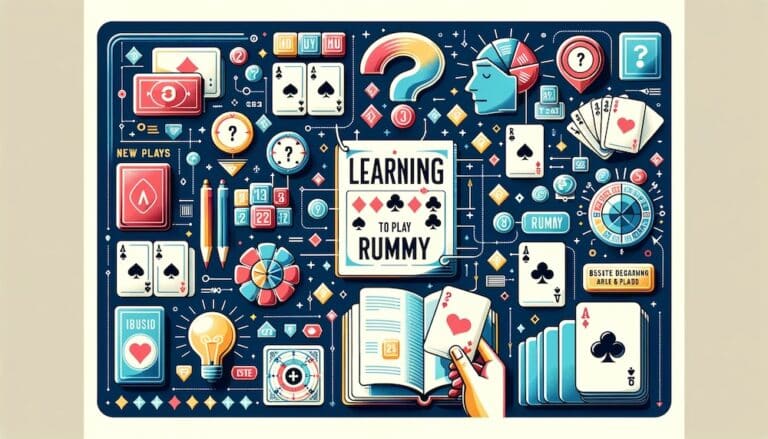Rummy, a game that intertwines skill, strategy, and a hint of luck, stands out as a cornerstone in the world of card games. Its universal appeal lies in the simplicity of its core objective coupled with the depth of strategy required for mastery. This guide aims to not only instruct on the basic rules of Rummy but also to enrich your understanding and appreciation of this timeless game, drawing on its historical significance, psychological elements, and its esteemed position within the global gaming community.
The Essence of Rummy
At its heart, Rummy is about forming matching sets or runs from the cards in hand and being the first to meld all your cards. The game’s roots can be traced back to the early 20th century, with its popularity spanning across continents, making it a beloved pastime in countless cultures. The psychological allure of Rummy lies in its balance of chance and control. Players must navigate the uncertainty of the draw while strategically planning their plays, creating a thrilling dynamic that has captivated enthusiasts for generations.
Historical Context and Cultural Significance
Rummy’s enduring popularity is a testament to its adaptability and the rich variety of play it offers through its many variants. From the lively gatherings in family homes to the intense focus of competitive tournaments, Rummy has played a significant role in fostering social connections and sharpening minds. Its cultural impact is profound, serving as a bridge between generations and across diverse communities, celebrating the joy of shared gameplay and the bonds it strengthens.
Basic Rules of Rummy
Rummy can be enjoyed by 2 to 6 players using a standard 52-card deck. The deal varies by the number of players, but the objective remains constant: to meld your hand into sets and runs. Sets are groups of three or four cards of the same rank, while runs are sequences of three or more cards in the same suit. The game progresses with players drawing from the stockpile or discard pile and ends when a player successfully melds their entire hand, or strategically discards, leaving minimal points unmelded.
The Psychological Play
Beyond the mechanical aspects of gameplay, Rummy challenges players psychologically. It demands attention, memory, and the ability to predict opponents’ moves. The thrill of the gamble, the tension of a close game, and the satisfaction of a well-played hand contribute to the mental and emotional engagement Rummy provides. It’s a mental exercise in probability, risk assessment, and human psychology, as players must read their opponents while masking their own intentions.
Strategy and Gameplay
Advanced Rummy play involves nuanced strategies like baiting opponents, managing the discard pile to your advantage, and adapting your tactics based on the flow of the game. Successful players balance aggression with caution, knowing when to push for a quick meld and when to play conservatively. This strategic depth, accessible to beginners yet challenging for veterans, ensures Rummy’s replayability and enduring interest.
Conclusion
Rummy is more than a game of cards; it’s a journey through history, a test of intellect, and a celebration of communal fun. Whether you’re gathering with family for a casual game, honing your skills for competitive play, or exploring its variations, Rummy offers endless entertainment and challenge. Embrace the strategies, enjoy the social interaction, and revel in the rich tapestry of experiences that Rummy provides. Through understanding its rules, strategies, and the psychological dynamics at play, you’re not just learning a game; you’re inheriting a legacy of strategic thought and shared joy.

Garry Sputnim is a seasoned journalist and storyteller with over a decade of experience in the trenches of global news. With a keen eye for uncovering stories that resonate, Alex has reported from over 30 countries, bringing light to untold narratives and the human faces behind the headlines. Specializing in investigative journalism, Garry has a knack for technology and social justice issues, weaving compelling narratives that bridge tech and humanity. Outside the newsroom, Garry is an avid rock climber and podcast host, exploring stories of resilience and innovation.


